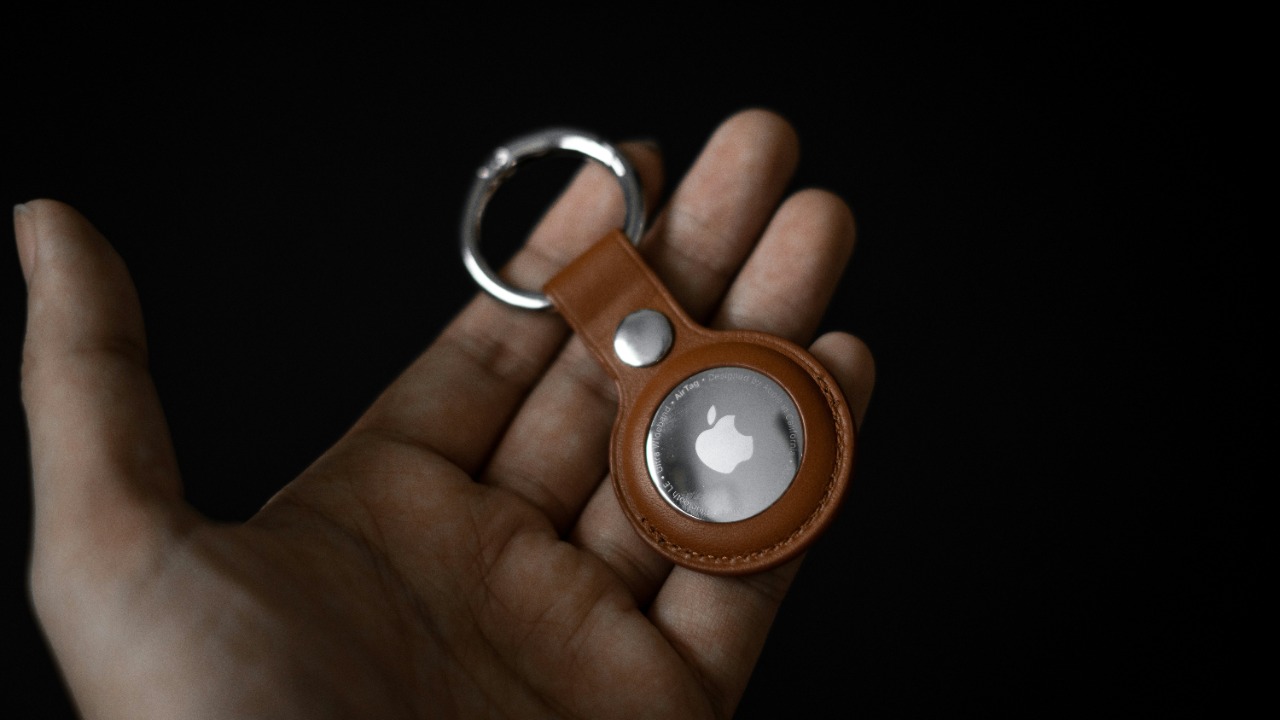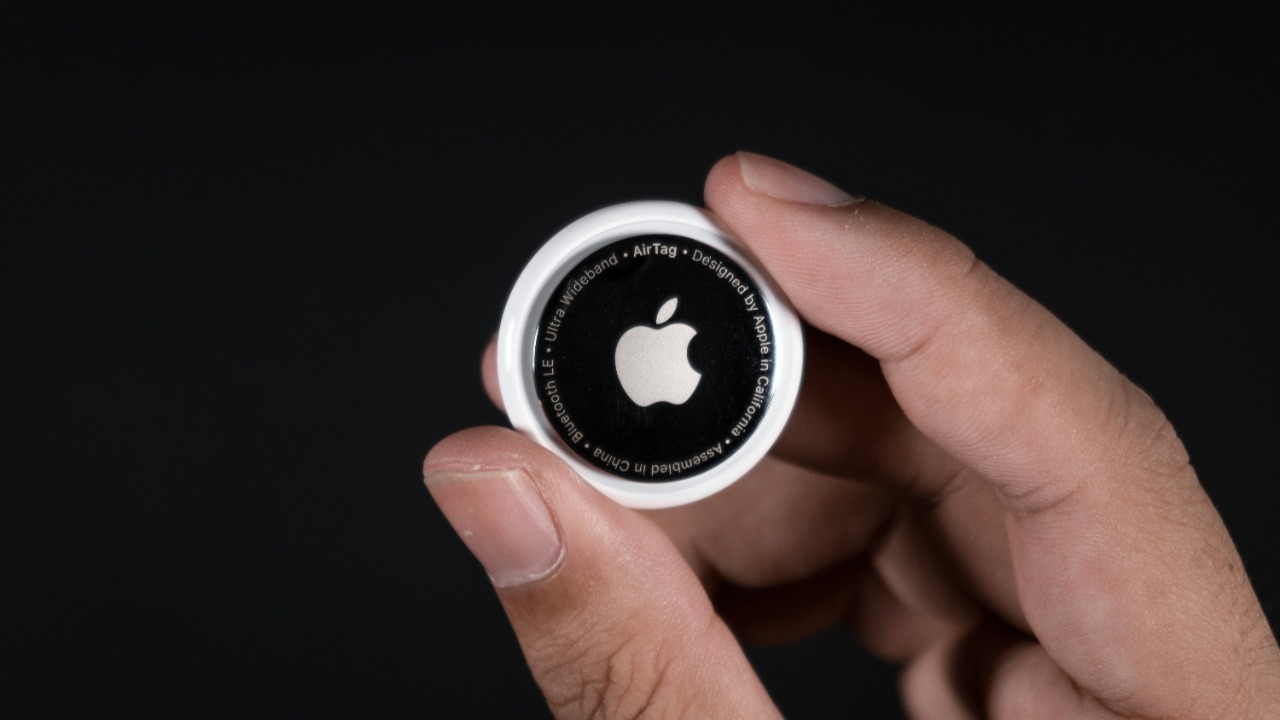
In today’s world, privacy concerns are more prevalent than ever, and the potential for hidden tracking devices to invade personal space is a growing issue. Whether you suspect your car, home, or personal belongings are being tracked, knowing how to locate these devices is crucial. Understanding how to detect hidden trackers can help ensure your privacy remains protected.
Understanding Tracking Devices

Tracking devices come in various forms, each serving different purposes. GPS trackers are among the most common, used for real-time location tracking of vehicles and personal items. RFID tags are often employed in inventory management but can also be misused for tracking individuals. Bluetooth beacons, designed for short-range communication, can also be deployed to monitor movements within a confined area.
The technology behind these devices involves data transmission through various means. GPS trackers rely on satellite signals to determine location, transmitting data over cellular networks. RFID tags use electromagnetic fields to communicate with readers, while Bluetooth beacons emit signals detectable by nearby devices. The range and power sources vary, with some devices operating on batteries while others are hardwired into vehicles or electronics.
Signs That You Might Be Tracked

Being aware of potential signs of tracking is the first step in safeguarding your privacy. Unusual activity notifications on your phone, such as unexpected Bluetooth or Wi-Fi connections, can indicate the presence of a tracking device. Devices behaving strangely, like sudden battery drains or unexplainable data usage, might also suggest unauthorized tracking.
Physical clues should not be overlooked. For example, discovering new or unusual wires in your car could be a red flag. Similarly, changes in your usual surroundings, such as moved or tampered items, might indicate someone has been attempting to plant a tracking device. Being vigilant about these signs can help you detect and address potential threats early.
How to Physically Inspect for Trackers

Conducting a physical inspection is a practical way to uncover hidden trackers. Start by thoroughly examining your vehicle, focusing on common hiding spots like wheel wells, undercarriages, and inside bumpers. Remove any panels or covers that seem out of place and look for devices that don’t belong. Komando provides detailed guidance on conducting these inspections efficiently.
Personal belongings and home environments also require scrutiny. Check bags, clothing, and frequently used items for unfamiliar devices. In your home, inspect common hiding areas, such as behind furniture or inside electronic devices, to ensure no trackers are secretly collecting data.
Using Technology to Detect Hidden Devices

Technology can be a powerful ally in detecting hidden trackers. Signal detectors, such as RF detectors, can identify signals emitted by tracking devices. These tools scan for frequencies typically used by trackers, helping you pinpoint their location. For detailed insights into using such devices, consider exploring resources on Quora.
Smartphone apps and built-in features can also assist in identifying unfamiliar Bluetooth or Wi-Fi signals. Apps specifically designed to detect these signals can alert you to the presence of potential tracking devices. Additionally, regularly checking your device’s list of connected devices can help you spot suspicious connections.
Taking Preventive Measures

Enhancing your privacy settings is essential to minimizing the risk of unauthorized tracking. Regularly update your devices’ security settings and ensure Bluetooth and Wi-Fi are turned off when not in use. Strong passwords and two-factor authentication can further protect your data from prying eyes.
Establishing a routine for inspections and maintenance is also crucial. Periodically check your vehicle and personal belongings for signs of tampering or new devices. By maintaining this habit, you can catch any potential threats early and take appropriate action.
What to Do If You Find a Tracker

Discovering a hidden tracker can be alarming, but it’s important to handle the situation correctly. First, consider the legal and safety implications of removing the device. Depending on your location, removal without proper authorization could have legal consequences. Research the laws in your area to ensure you’re taking the appropriate steps.
Once you’re informed, safely remove the tracker and report the incident to the authorities. They can investigate further and help determine who placed the device. By acting swiftly and responsibly, you can protect your privacy and prevent future invasions.